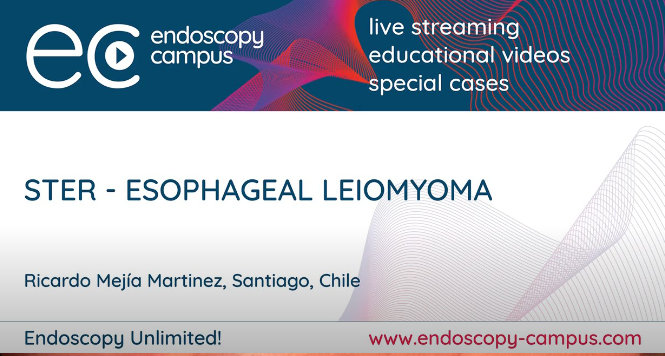Esophageal Dilation Is Safe and Effective in Patients With Difficult-to-Treat Eosinophilic Esophagitis
Prateek Sharma, MD, FASGE, reviewing Greenberg S, et al. Endoscopy 2021 Apr 28.
The phenotypes of eosinophilic esophagitis (EoE) range from mild inflammation to severe fibrostenotic disease. Although current therapies (diet, proton pump inhibitors, and steroids) have shown some benefit in the inflammatory condition, they are unlikely to impact the course of more advanced strictures. Endoscopic dilation is frequently utilized in those EoE patients with dysphagia and esophageal strictures, but its long-term benefit and safety are not clear.
In this single-center retrospective study, patients were subdivided into 2 groups: (1) those who underwent a dilation-predominant approach (≥3 dilations as sole therapy or for histologically refractory disease [>15 eosinophils per high-power field]) or (2) those who received routine care (<3 dilations or histologic response). In comparison to the routine-care group (n=152; male, 67%), patients in the dilation-predominant group (n=53; male, 66%) were younger (aged 33 vs 41 years; P=.003), had a narrower baseline esophageal diameter (9.8 vs 11.5 mm; P=.005), and underwent more dilations (7.7 vs 3.4; P<.001), but they achieved a smaller final diameter (15.7 vs 16.7 mm; P=.01). A global symptom response was noted in 30 patients (57%) in the dilation-predominant group. According to multivariate analysis, there was a significant association between a change in esophageal caliber and symptom response (adjusted odds ratio, 1.79; 95% confidence interval, 1.16-2.78). The authors report that no deaths or perforations occurred over a median follow-up of 1001 days. There were a total of 9 post-dilation visits to the emergency department for chest pain (n=6), inability to tolerate oral intake (n=2), or bleeding requiring transfusion (n=1).

COMMENTOver the long term, a dilation-predominant strategy appears to be safe and effective in patients with difficult-to-treat EoE. The complication rate is low but should be discussed with patients. Gradual dilation of strictures over weeks rather than aggressive dilation is my preferred approach because it can significantly reduce the complication rate.
Note to readers: At the time we reviewed this paper, its publisher noted that it was not in final form and that subsequent changes might be made.
CITATION(S)
Greenberg S, Chang NC, Corder SR, Reed CC, Eluri S, Dellon ES. Dilation-predominant approach versus routine care in patients with difficult-to-treat eosinophilic esophagitis: a retrospective comparison. Endoscopy 2021 Apr 28. (Epub ahead of print) (https://doi.org/10.1055/a-1493-5627)


